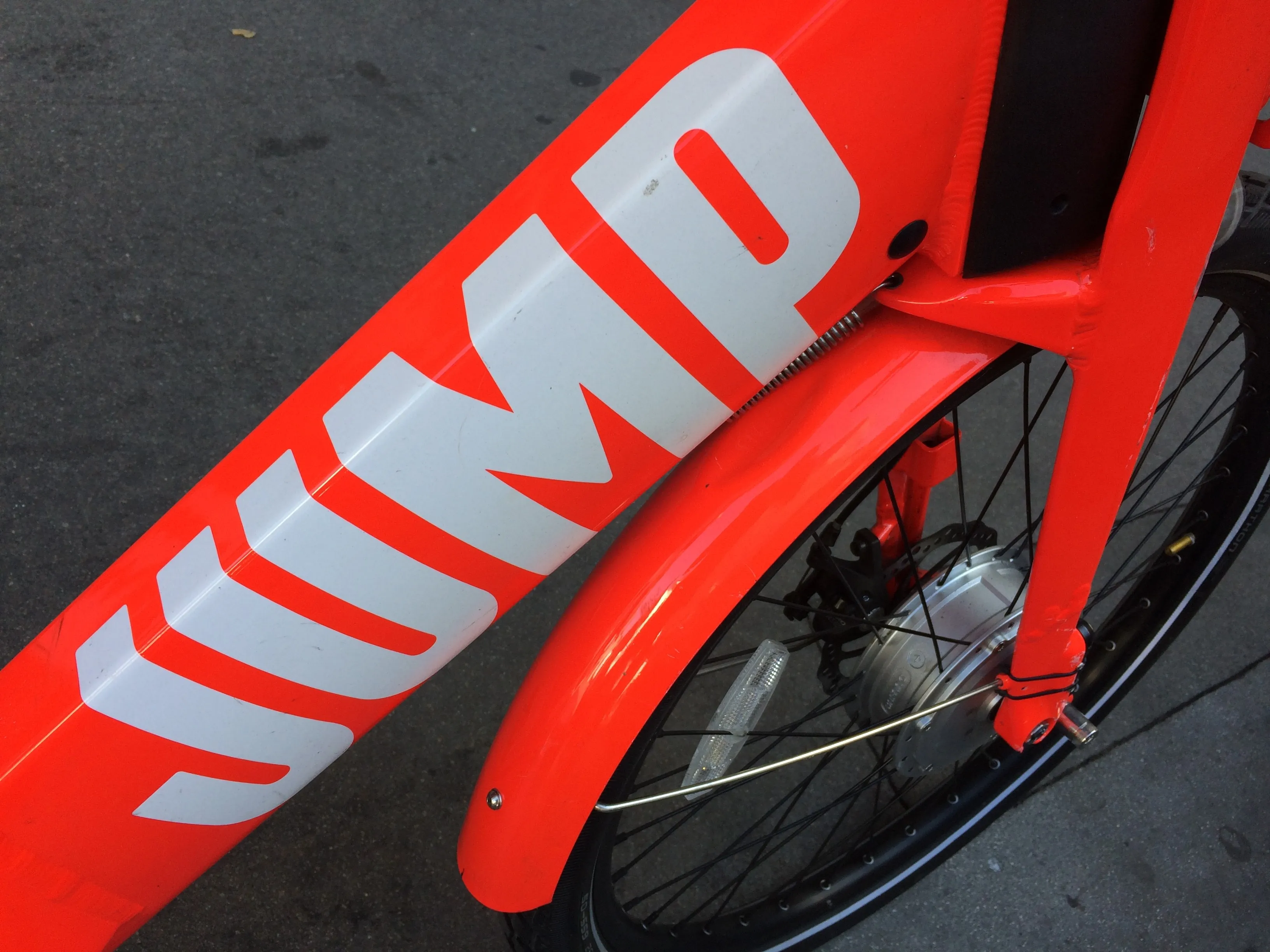PTV AG has announced what it claims is the first solution that enables users to verify and, if necessary, modify a string of GPS coordinates (tracks). The new xMapMatch Server software component validates and corrects GPS coordinates using the underlying street maps, which is particularly useful for fleet management and transport data warehouse applications, pay-asyou- drive scenarios and floating vehicle data collection. As the company points out, GPS coordinates which are sent from the vehicle to the serv
January 27, 2012
Read time: 1 min

PTV AG has announced what it claims is the first solution that enables users to verify and, if necessary, modify a string of GPS coordinates (tracks). The new xMapMatch Server software component validates and corrects GPS coordinates using the underlying street maps, which is particularly useful for fleet management and transport data warehouse applications, pay-asyou- drive scenarios and floating vehicle data collection. As the company points out, GPS coordinates which are sent from the vehicle to the service centre during tracking and tracing do not always provide precise data about the routes taken.
Sometimes they are on the other side of the road, in the open countryside, or where roads run alongside motorways, it can be difficult to determine which one the vehicle is on.
Sometimes they are on the other side of the road, in the open countryside, or where roads run alongside motorways, it can be difficult to determine which one the vehicle is on.










